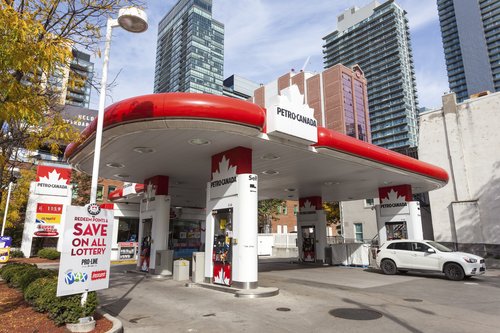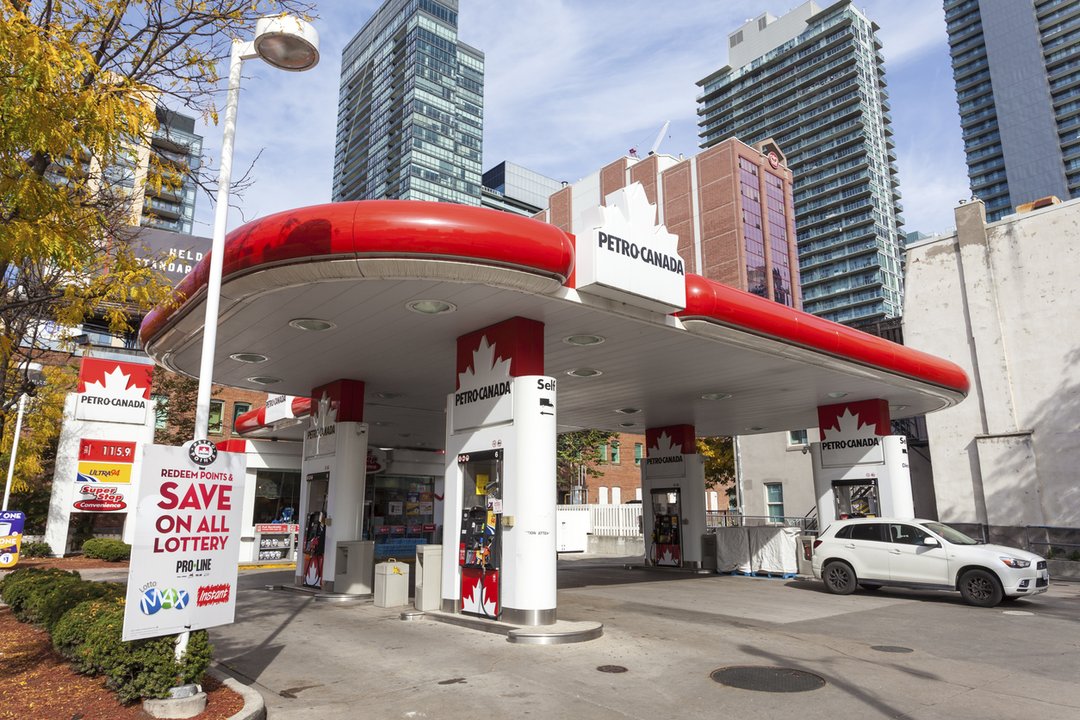
Prices dropped after Carney removed the consumer carbon tax after years of Conservative pressure and are expected to stay down over the next few months unless the Liberals re-impose the tax if they win the election.

iStock-886033170
With peak travel season fast approaching, and many Canadians expected to spend their summer vacations close to home, paying less at the gas pumps would be a welcome relief. Fortunately, gas prices dropped after Prime Minister Mark Carney signed a directive to remove the consumer carbon charge effective April 1, and they’re expected to stay down over the next few months.
“It was as swift as anticipated. Once midnight rolled around (on April 1), we started to see pretty large decreases across the board in Canada,” said Patrick De Haan, senior petroleum analyst at fuel price tracking website GasBuddy.
While the drop at the pumps could have been offset by rising oil prices, instead it coincided with a decrease in the price of crude due to concerns over U.S. President Donald Trump’s trade war.
“Now we’re seeing gas prices across most of Canada at their lowest levels since the pandemic,” said De Haan.
Regular fuel prices across Canada dropped overnight on April 1, falling nearly seven per cent from 154.9 cents per litre to 144.2 cents per litre, according to GasBuddy data. Prices have stayed lower since then, hitting their lowest level, 131.2 cents per litre, on April 15.
De Haan said prices in most provinces dropped between 16 and 20 cents per litre, but Quebec is a notable exception. The province never implemented the federal carbon tax and still uses its own cap-and-trade carbon pricing system. According to GasBuddy data from Wednesday, average regular fuel prices have increased by one cent per litre since last month and Quebec now has the most expensive gas in the country.
“It just goes to show that the carbon tax certainly does add up, and now Quebec, after being in the top 25 per cent for lowest prices, is the most expensive,” said De Haan.
Nova Scotia and British Columbia have had the biggest price drops, according to GasBuddy data as of midday Wednesday. Prices in those provinces were down 24.8 and 24.2 cents per litre, respectively, from March’s average. However, B.C. still has the second most expensive gas in Canada after Quebec.
As of Wednesday, Saskatchewan’s prices have dropped 18.2 cents per litre since last month, the smallest decrease among the provinces, followed by Ontario at 18.8 cents per litre. However, Ontario has the second least expensive gas, next to Alberta.
While Carney used regulation to effectively get rid of the carbon tax by reducing the fuel charge rate to zero, De Haan noted that, technically, the carbon tax legislation hasn’t yet been abolished. He said there’s a possibility that could change when Canada’s next prime minister is elected on April 28 and Parliament gets back to business.
“It’s not completely written into law yet that this is the end of the carbon tax. This is merely a pause,” said De Haan.
While removing the consumer carbon tax has led to savings at the pump, there are a “laundry list” of other factors affecting gas prices, De Haan said. For example, B.C. had one of the largest price declines on April 1 after it eliminated its provincial carbon tax on the same day as the federal one, but not without some “lumpiness” in price fluctuations due to refinery issues in California that affected gas prices up and down the west coast.
De Haan said anything that affects the balance of supply and demand can move gas prices. Typically, prices go up between winter and spring as demand starts to rise, seasonal maintenance at refineries leads to a supply squeeze and refineries switch from winter gasoline blends to more expensive summer ones.
However, De Haan said gas price increases were muted in both Canada and the U.S. this spring amid a weakening economy and the uncertainty around U.S. tariffs and trade policy. While the savings from pausing the carbon tax has been passed along and no longer has an active impact on prices, De Haan said he expects trade war uncertainty to keep gas prices lower this summer.
“Even if you eliminate the carbon tax pause, I would have expected gas prices to probably be a few cents per litre lower than they were last summer,” he said. “But there’s still a lot of uncertainty wrapped up in the U.S. and its trade policies.
Gas prices in Canada follow wholesale price movements in the U.S., said Roger McKnight, chief petroleum analyst at En-Pro International Inc. McKnight said he doesn’t see anything “radically” spiking the price of crude oil, but U.S. tariffs are a geopolitical wildcard — and the whims of the president can be hard to predict.
“President Trump doesn’t want to see pump prices go up because he promised that he would lower U.S. consumer prices by 50 per cent during his term. He’s got a long way to go,” said McKnight. “But you can’t have crude prices in the United States going down below $60 a barrel, because that creates a problem for the shale oil producers, because they can’t really make any money at $60 a barrel. He’s between a rock and a hard place.”
McKnight said he expects gas prices in Canada to stay flat over the medium to long term. While demand typically increases during the summer driving season, McKnight said consumers on both sides of the border are wary about what the Trump administration will do next.
“I think demand will stay flat and prices will stay flat,” he said. “What you’re getting today is what you’re going to get for the next couple of months.”
Overall, De Haan said getting rid of the carbon tax has been “hugely positive” for Canadians.
“They’re spending $10 to $20 less every time they fill up,” he said. “If you’re filling up once a week or if you’re filling up more than that, you’re going to be saving more than $500 a year,” he said.
Comments are closed.
